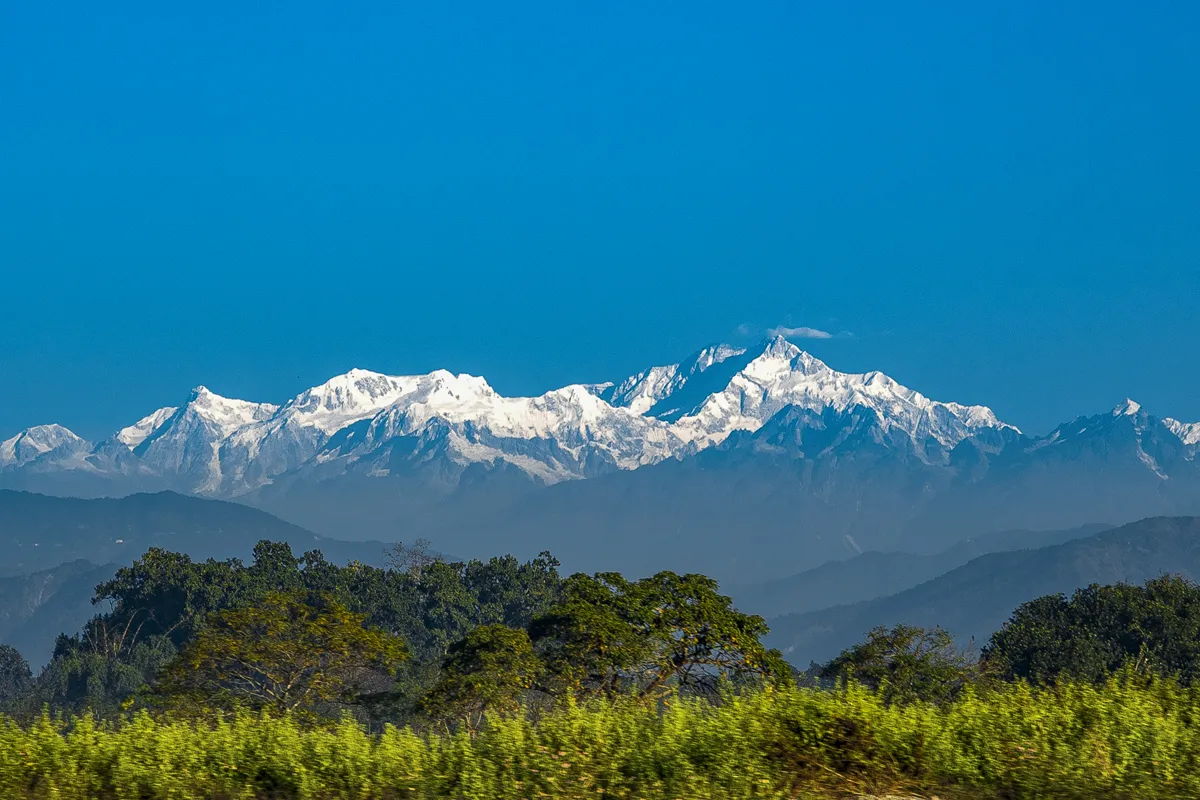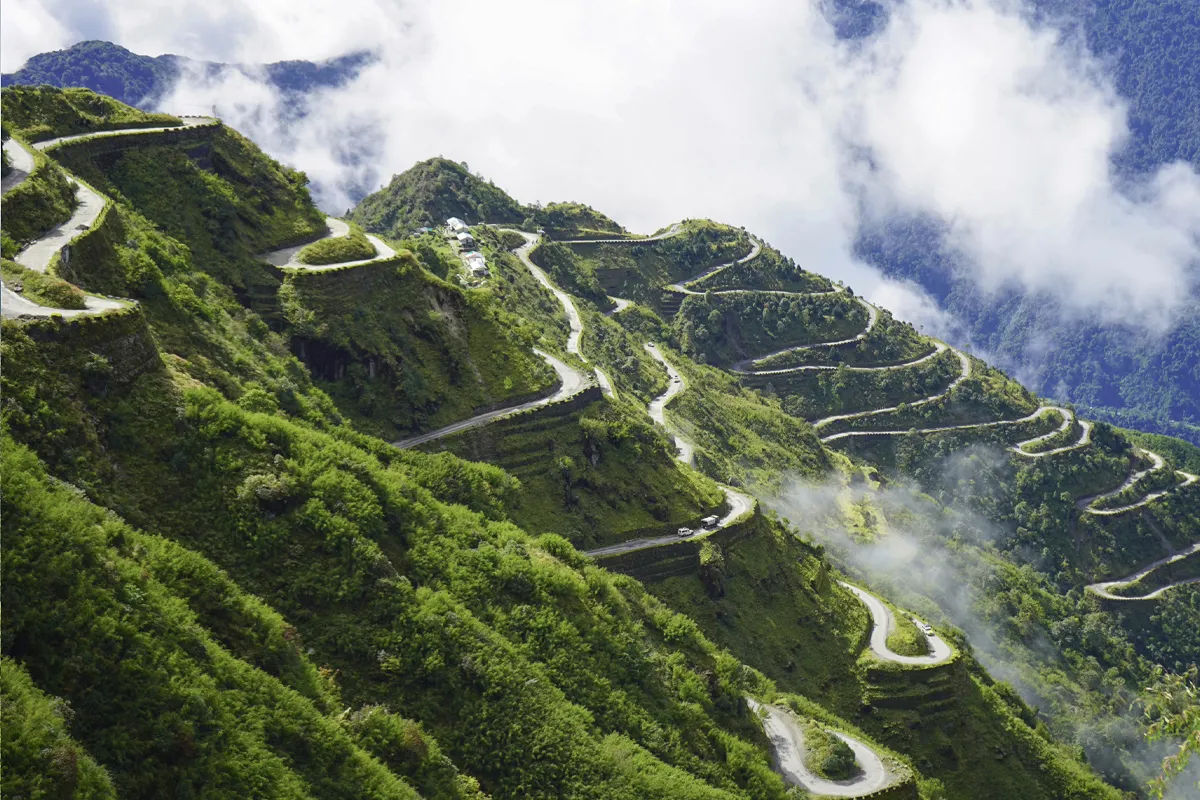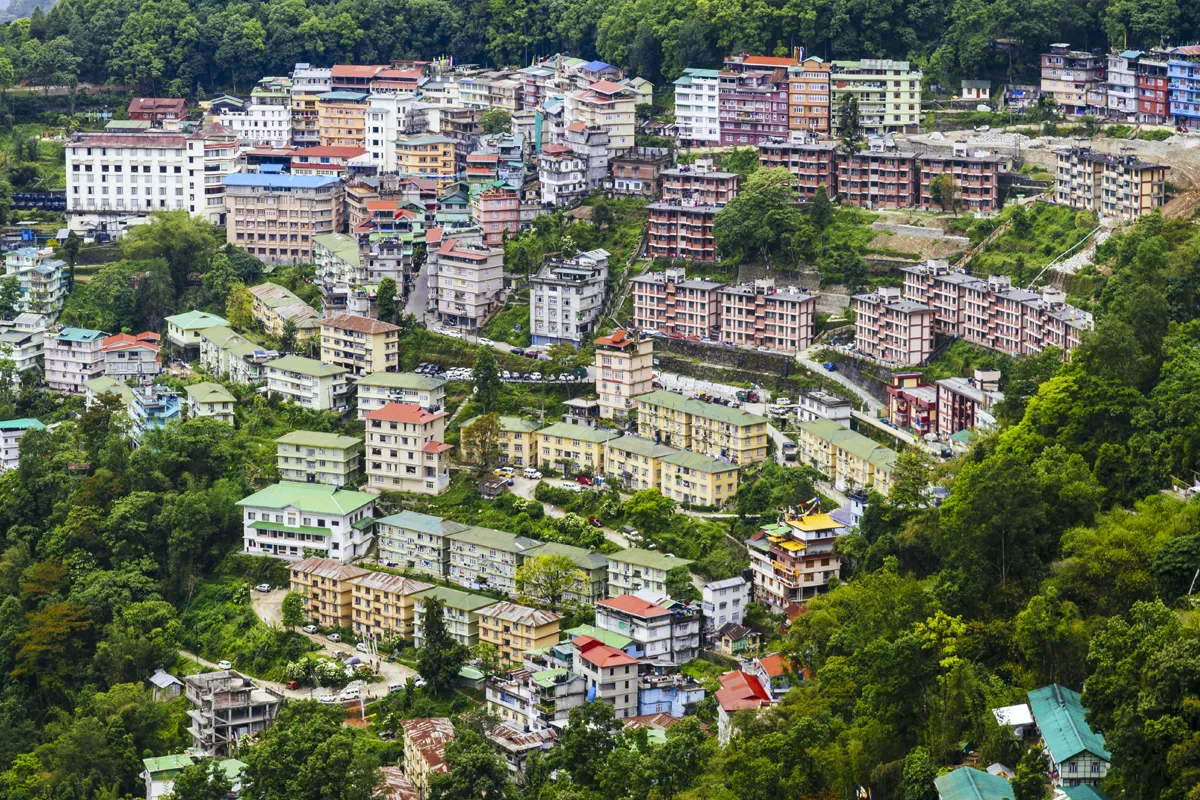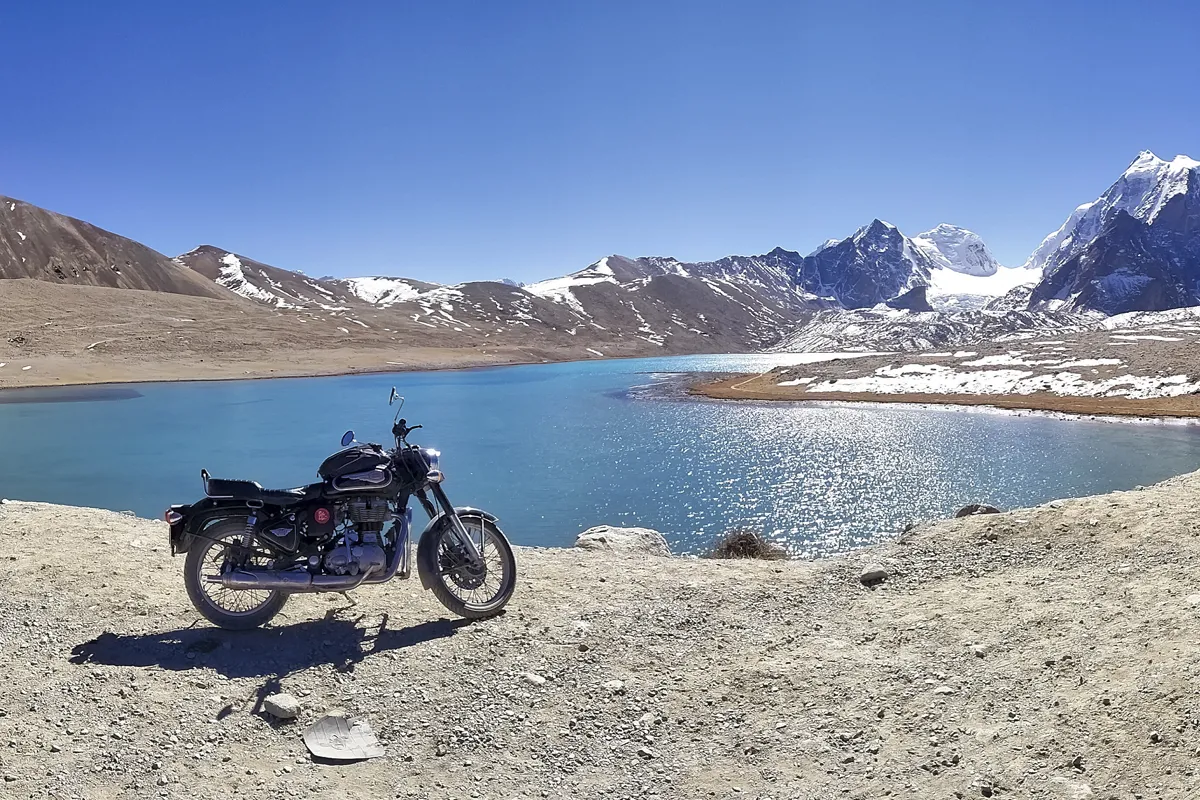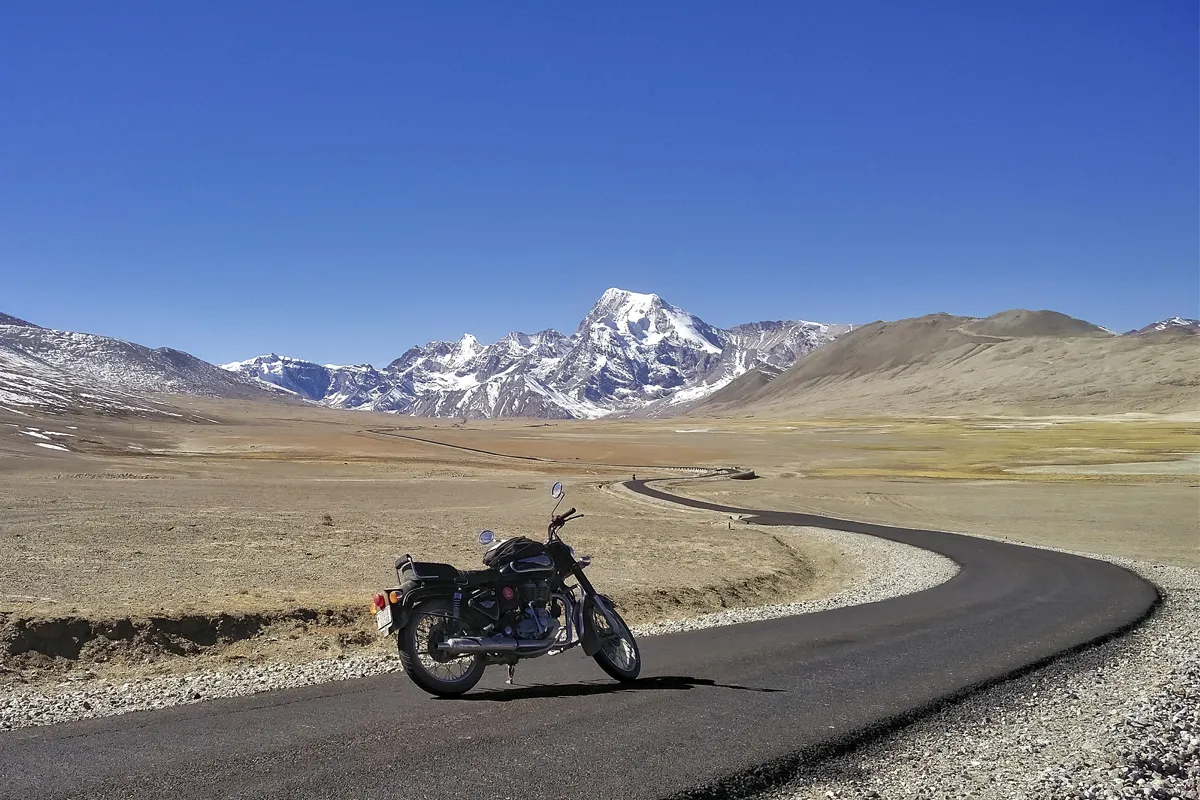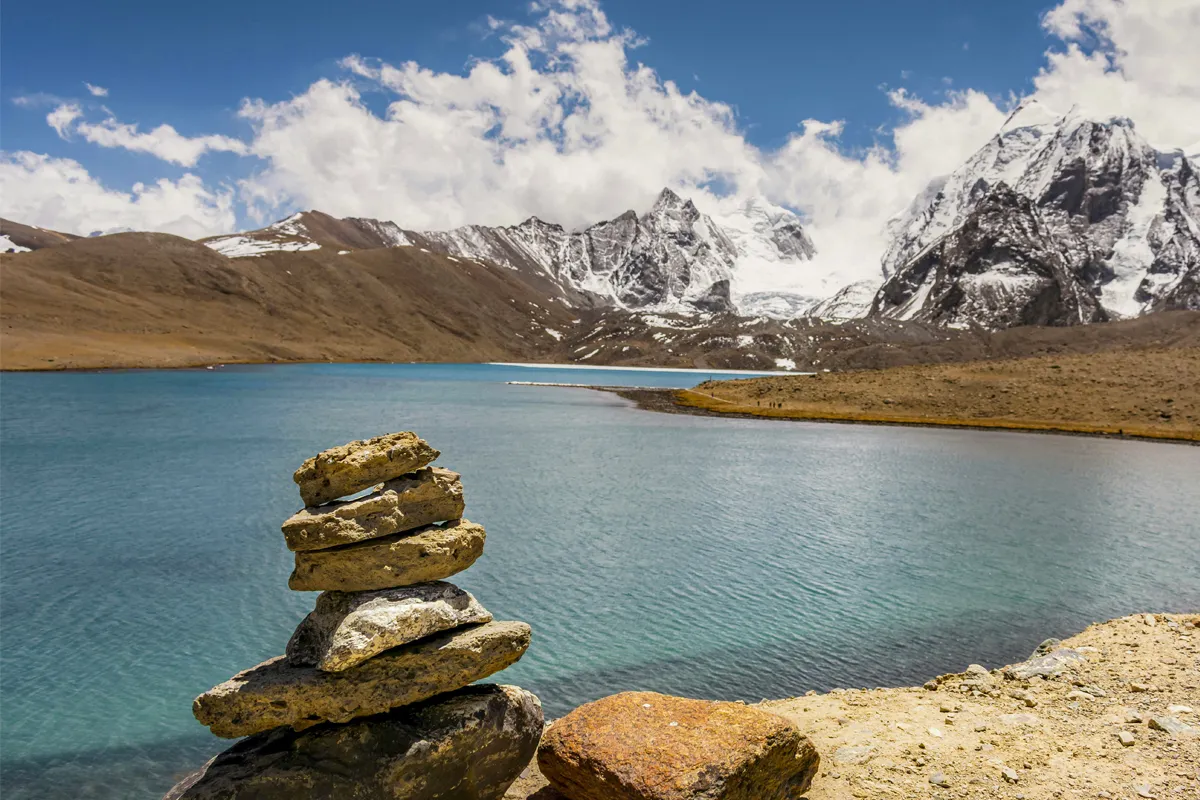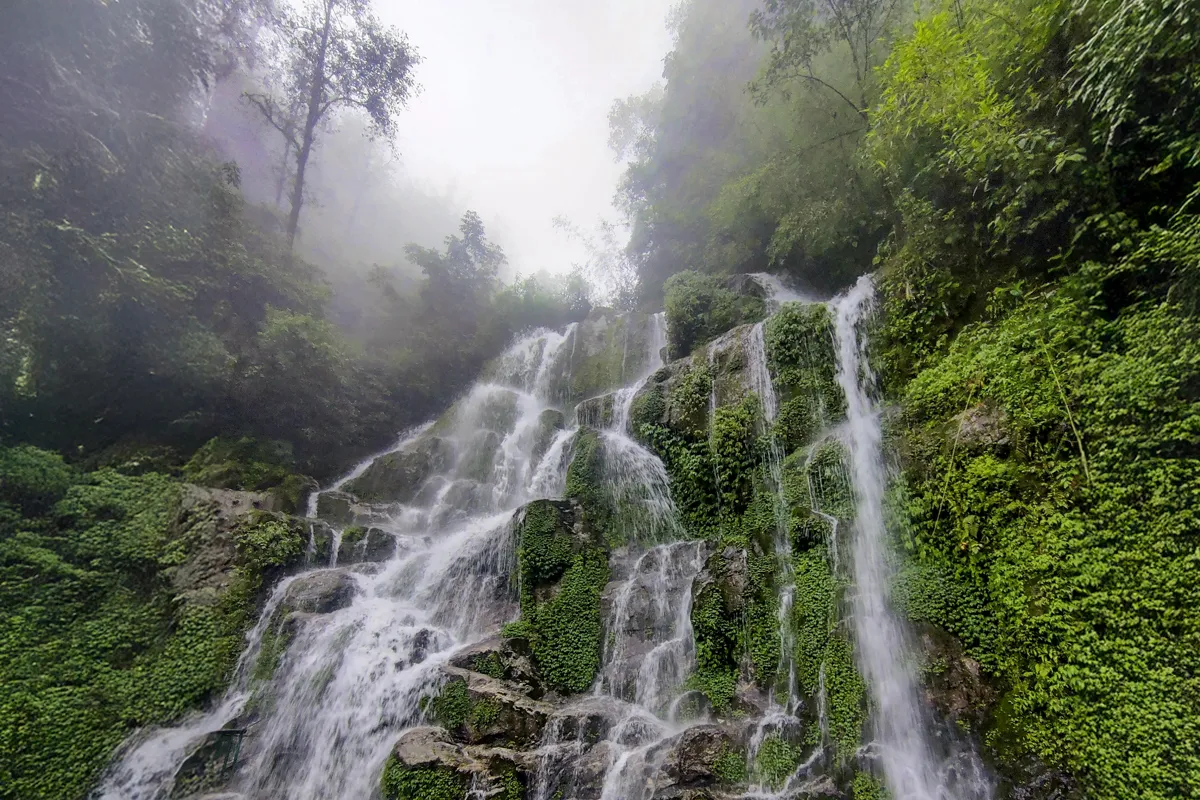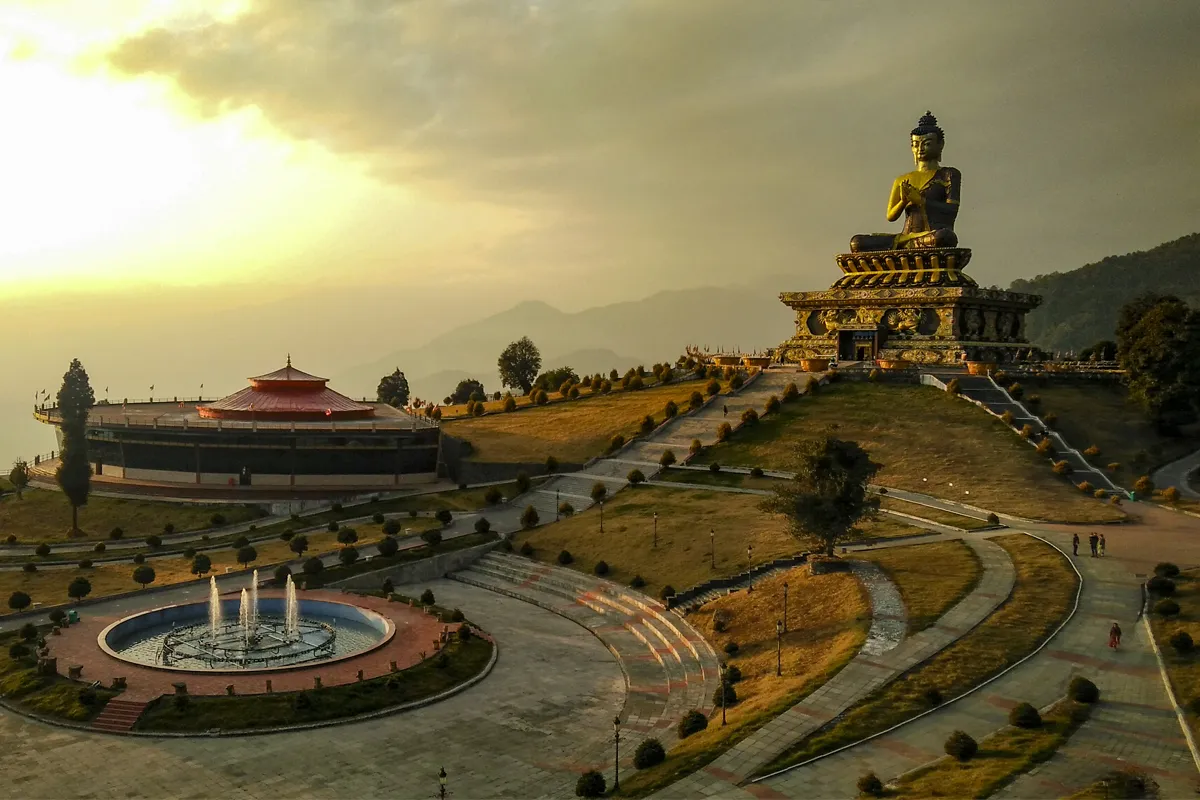Motorcycle Tour
Sikkim
Ride to the Hidden Paradise of Sikkim
Sikkim is a state in northeastern India that borders Nepal, Bhutan, and the Tibet Autonomous Region. It is home to Mount Kanchenjunga, which is the tallest mountain in India and the third-highest peak in the world. The hidden gem of the Himalayas, Sikkim is a motorcyclist’s paradise. The challenging terrain and stunning scenery make for an unforgettable adventure.
Sikkim offers both adventure and a rich cultural experience, owing to a strict tourism policy, basic road infrastructure, and a culture distinct from the rest of India. Lush green alpine valleys, majestic waterfalls, and old-fashioned roads with a mix of tarmac roads which were once a part of the ancient silk route makes Sikkim a must do motorcycle travel destination.
Tour Dates
Tour Price
Rider : USD 3,490
Rider & Pillion : USD 5,490
Tour price covers
Arrive in Siliguri
Arrive in Siliguri by 12 noon. After checking you in into our designated hotel and meeting your co-riders, we head out for a short ride on the Himalayans so that you test the motorcycle you would be riding for the rest of the tour. While the mechanic makes final adjustments according to your riding style, the road captain briefs you on the route and day wise brief.
Siliguri to Gangtok
We leave early in the morning and take the national highway, along Teesta river and say hello to the Himalayas. We reach Gangtok, the capital city of Sikkim by lunchtime. It is of utmost importance that you rest in the evening for better acclimatisation. In the meanwhile, we start the process of procuring your inner line permits and bike permits for the journey ahead.
Explore Gangtok
This day is reserved for you to rest and enjoy the happening city of Gangtok, also voted as the cleanest city in India. You can head out for local sightseeing, or visit the markets for shopping and souvenirs. Visit the casinos to try your luck, or ride to the iconic Rumtek Monastery during the day while we sort out your permits.
Gangtok to Lachung
We start early in the morning to stop at Tashi Viewpoint just outside of Gangtok, to catch the majestic view of the Kanchenjunga range. As we start our sojourn to North Sikkim, the terrain becomes rough, but the views more rewarding. We refuel, at the last fuel station in Mangan and also pack spare fuel for all the bikes and head towards a small town nestled in the mountains – Lachung which is the district headquarters of North Sikkim. The highlight of the day are the several waterfalls we would cross and the evening campfire, with a beautiful view of the Himalayas and clear night sky.
Lachung to Lachen
Lachung is the gateway to Yumthang Valley, also known as Valley of Flowers. The ride to Zero Point (Yumesamdong) at an altitude of 15,300 feet is when we touch the high altitude region of Sikkim. Zero point is where the road ends in India, before the Chinese border. The initial ride is through thick forests, but slowly the landscape becomes barren and with snow clad peaks all around, you witness the diverse beauty and experience Sikkim has to offer.
After a warm cup of tea and snacks close to the India – China border, we retrace the ride back and head to the scarcely populated and quaint town – Lachen.
Lachen to Gurudongmar Lake to Lachen
This is arguably the most mesmerizing and challenging day of the tour. Gurudongmar lake, the source of the river Teesta, is one of the most pristine and sacred lakes in India and is located 5 km south of Chinese border, at an altitude of 17,800 feet. Today is undoubtedly the best Sikkim has to offer in terms of landscape. No words can describe the pristine beauty you will witness this day.’),
Lachen to Gangtok
Today’s ride is a retrace to Gangtok. Before arrival in Gangtok, we halt at the famous Seven sister’s waterfall for some quick pictures. With this, we enter the hustle and bustle of colorful city life, as a contrast to the calm we experienced over the last few days. Today, the ROML crew will also renew your permits for the journey ahead to East Sikkim.
Gangtok to Padamchen via Nathu La Pass
Today being a long ride, we leave early in the morning to ride towards East Sikkim on the Gangtok – Nathula highway, which is a part of erstwhile ‘Old Silk Route’. En route, we halt for tea and snacks at Tsongmo (Changu) Lake. Nathula pass would definitely be the highlight of the day and the tour. Just a common wall separates India and China here; you can see the road coming from China to India from where trading used to happen centuries ago. See the Chinese camp and even say Hi to them as they will be feets away from you!
After Nathula, we descend to ride along the beautiful views of Kanchenjunga mountain range, leading us to the famous 56 hairpin bends of Zuluk. Counting the bends and soaking in the beauty, we descend towards Padamchen, a small town in remote Sikkim.
Padamchen to Siliguri
As the tour reaches its conclusion, we enter back into West Bengal to reach the bustling town of Siliguri, by afternoon. The ride marks an end with Sikkim making an imprint on your heart. You bid farewell to the Himalayas and your riding buddies, and head home after a ride of a lifetime.
Sikkim, also know as ‘The Last Utopia’ has been given many names. The Lepchas, original inhabitants of the land called it Nye-mae-el `paradise’. The Limbus named it Su Khim or `new house’ while to the Bhutias it was Beymul Demazong `the hidden valley of rice’.
People
The original inhabitants of Sikkim were the ‘Lepcha’ tribe. In addition to these Bhutia and Nepali communities of different hues intermingle freely in Sikkim to constitute a homogenous blend. Hindu Temples coexist with Buddhist Monasteries, Churches, Mosque, and Gurudwara. The predominant Communities are Lepchas, Bhutias, and Nepalese. These myriad Cultures has produced a quintessential Sikkimese Culture that encompasses all ways and walks of life but has also managed to preserve their own identity. These can also be seen in the various places of Worship, Festivals and Cultural dances that are celebrated through the year.
Terrain
Sikkim is a land of dramatic contours. Rugged mountains, deep valleys and dense forests consort with raging rivers, lakes and waterfalls to create a visual feast. The state has the steepest rise in altitude over the shortest distance and has within its 7,096 sq. kms the entire climatic range, from tropical to temperate to alpine.
Located between these towering mountain ranges are passes like Nathu-la, Jelep-la, Cho-la and many others which were at one time important corridors of passage between Sikkim and Tibet.
Floating high over the cloud-covered lower Himalaya, Mt. Khangchendzonga dominates the landscape of Sikkim. At 28, 208 ft is the third highest mountain in the world and the highest in India.
Weather
Sikkim’s geographical location with its altitudinal variation allows it to have tropical, temperate and alpine climatic conditions within its small area of 7,096 kms.
Temperature conditions vary from subtropical in the southern lower parts to cold deserts in the snowy north. Rainfall is heavy and well distributed during the months from May to early October.
Biting cold is experienced at higher altitudes of 10,000 ft plus. The temperature rarely rises above 15-degree centigrade and heavy snowfall occurs during the winter months. Some also receive snowfall during April or mid-November.
Flora and Fauna
The flora consist of oak, chestnut, maple, birch, alder, magnolia and silver fir. There are about 35 species of Rhododendrons (declared as the state tree of Sikkim) in Sikkim and are found above the height of 10,000 feet. The state’ orchids are world-famous as the state has 556 species of them. Fauna includes Yak, Himalayan Bear, Red Panda, Blood Pheasant and Blue Sheep. In the arid cold alpine regions of Sikkim, roam the snow leopard and wild ass.
Frequently Asked Questions
Here is a list of frequently asked questions. If your question is not in this list, just contact us.
